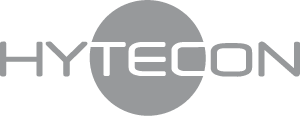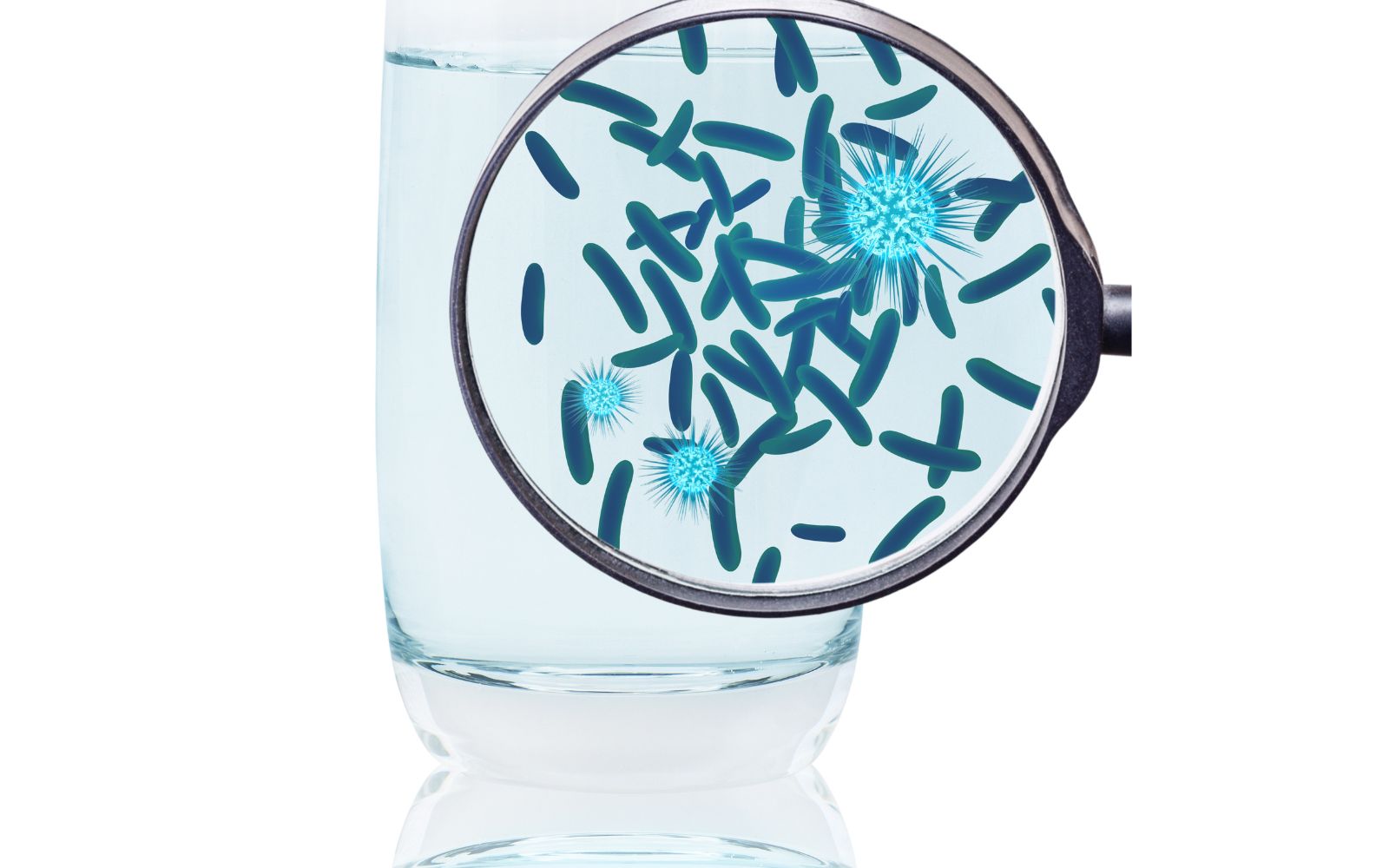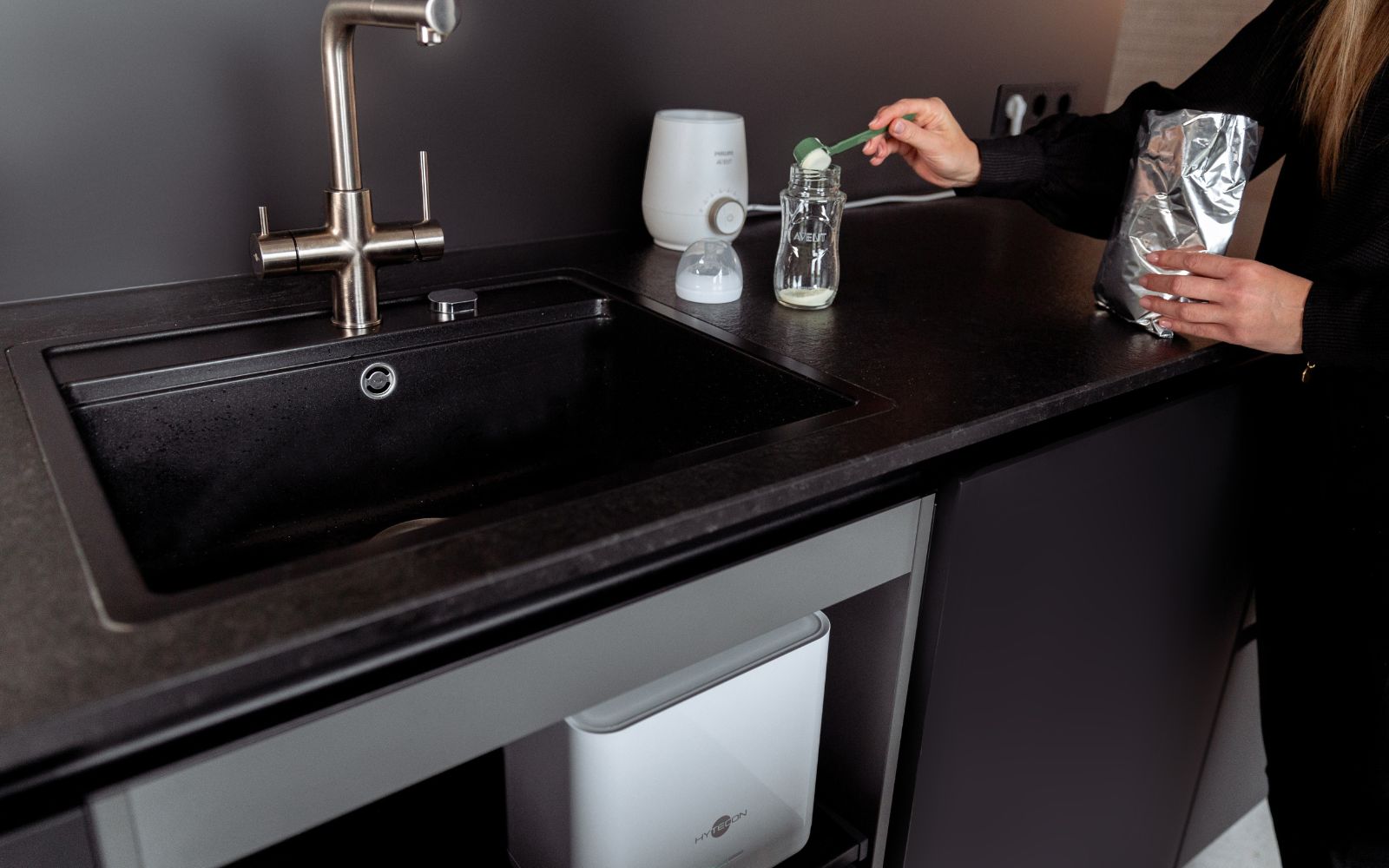The World Health Organization (WHO) has been warning for years of a post-antibiotic age in which resistant germs mean that the simplest human infections can no longer be treated.
How does antibiotic resistance develop?
Bacteria multiply extremely quickly and in large numbers. If they are not completely killed off by the use of antibiotics, e.g. because the drug was stopped too early, the structure of the bacteria can change in such a way that
- antibiotics can no longer bind to them.
- Proteins are formed which neutralize antibiotics.
- Proteins are formed which replace the protein inactivated by the antibiotics.
- the cell membrane changes in such a way that antibiotics can no longer penetrate.
- proteins are formed in excess, against which the antibiotics are supposed to work.
The learned resilience is passed on to the offspring of the bacteria. Of course, there are various antibiotics that are used for healing depending on the resistance. However, research into new medicines has stagnated for many years, so that there are now bacteria that are immune to all available antibiotics - so an infection can no longer be treated.
How do multi-resistant germs get into our everyday lives?
Multi-resistant germs are released into the environment in large quantities. The main sources are liquid manure and manure spread from intensive livestock farming and clinical and domestic wastewater, which is cleaned in sewage treatment plants before being discharged into rivers, but mostly not disinfected. In the last 10 years there has been a significant increase in antibiotic-resistant germs in the environment and the concentrations of antibiotics in waste water and liquid manure are so high that they can develop their biological effect.
Now 13% of drinking water in Germany is obtained from surface water such as rivers (bank filtrate), dams or lakes. If these germs get there, they can quickly reach many people thanks to the central supply.
How can I protect myself from multi-resistant germs?
Testing drinking water for all viruses, bacteria and microorganisms at any time is currently virtually impossible in Germany and not legally required. In principle, all drinking water works would have to be equipped with UV disinfection systems, i.e. additional disinfection stages. UV disinfection is an extremely effective and at the same time environmentally friendly, since it is chemical-free process for the safe disinfection of water.But there is a new, additional alternative, to install a small, compact waterworks at least in a central location in your own house or apartment. The Swiss company HYTECON offers the HYPRO WATER a patented and comprehensively certified product that offers the user additional protection for carefree enjoyment of drinking water. Usually installed on a special tap in the kitchen, the HYPRO WATER is a combination of activated carbon filtration and downstream UVC LED disinfection. In a compact housing and with a comfortable output of 3 liters/min, the HYPRO WATER safely removes hidden pollutants such as heavy metals or pesticides, but also drug residues from overdosing. Of course, this also includes antibiotics. The UVC-LED disinfection safely inactivates dangerous germs such as bacteria and viruses. It is not important whether bacteria show multi-resistance or not, they are definitely inactivated.
Summary
- The increase in antibiotic resistance in bacteria is taking on dangerous proportions.
- The WHO has long been warning of a post-antibiotic age in which resistant germs mean that the simplest infections can no longer be treated.
- Antibiotic resistances result from the excessive administration of the drug in intensive animal husbandry and in the treatment of humans.
- The main sources of entry into nature are liquid manure, manure and hospital wastewater.
- Public drinking water is obtained, among other things, from surface water such as rivers, lakes and dams, into which previously polluted sewage is discharged.
- Multi-resistant germs can get into our drinking water supply system indirectly via surface water.
- Constant testing of drinking water for all viruses, bacteria and microorganisms is not possible and not legally required in Germany.
- The HYPRO WATER is a compact drinking water treatment device that uses activated carbon filtration and UVC LED disinfection to safely treat water and protects the user from multi-resistant germs.




